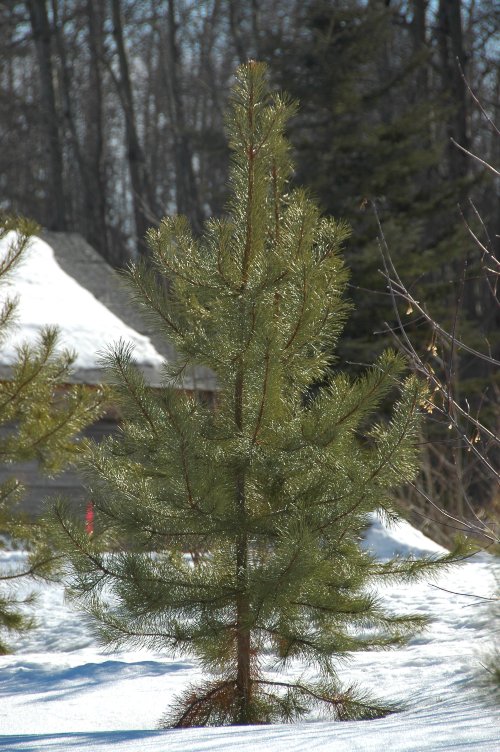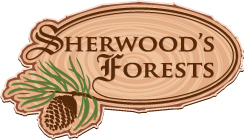Buying for Resale
Lower profit. Faster turnover.
In general I find it’s not worth doing something unless I do several hundred of it. Certain tasks are variety specific, and take a certain amount of time. Lots of things have fixed start and stop times.
Economics of buy and sell
This applies both for the edible landscaping and the ornamentals.
If I buy a tree for $37 and sell it for $90, I’ve essentially doubled my money. This is a much lower profit margin than putting a 20 cent cutting into a pot of dirt and selling it 1 year later of $12.50 or two years later at $20 or three year’s later at $35.
On the flip side, it’s money made this year. Little waiting.
Generally I take my purchase price, round it up to the next $5 interval and double it. Thus an apple tree that is bought for $42 is sold for $80. Two-thirds of the trees and shrubs bought this way are sold the first summer. The remainder are transplanted into a larger pot in September, and have an appropriately larger price next spring.
This is a lower profit stream, but it's an entirely different niche. In some cases the trees are sold before they arrive, through ads on Kijiji. More of this to come. Last year we shared a semi-trailer with ONE other grower. They got the front 6 feet. We had the rest. This year we had our own semi. And 20 feet of a second semi a month later.
This stream should scale well: Season leftovers are a chance thing. As this scales up, I expect the leftovers to scale roughly with the square root of the increase. E.g. If with 100 trees we had 15 leftover trees, then with 400 trees we will have about 30.
The key reason for this approach: Always have an answer to what the customer wants. May not be the right answer, but a diverse selection is more likely to get the the customer to drive out to the farm. The customer you sell a good ornamental crab this year may well be back in 10 years when they have an acreage.

Lodgepole Pine in our front yard.
Got something to say? Email me: sfinfo@sherwoods-forests.com
Interesting? Share this page.
![]() Share
Share
Want to talk right now? Talk to me: (8 am to 8 pm only, please) 1-780-848-2548
Back to Top
Copyright © 2008 - 2018 S. G. Botsford
Sherwood's Forests is located about 75 km southwest of Edmonton, Alberta. Please refer to the map on our Contact page for directions.
